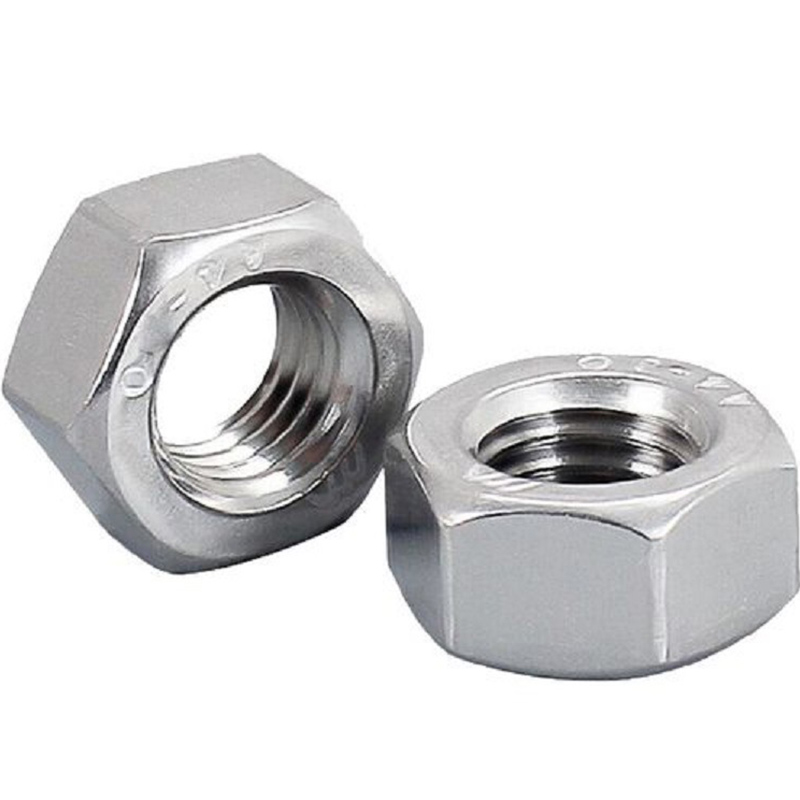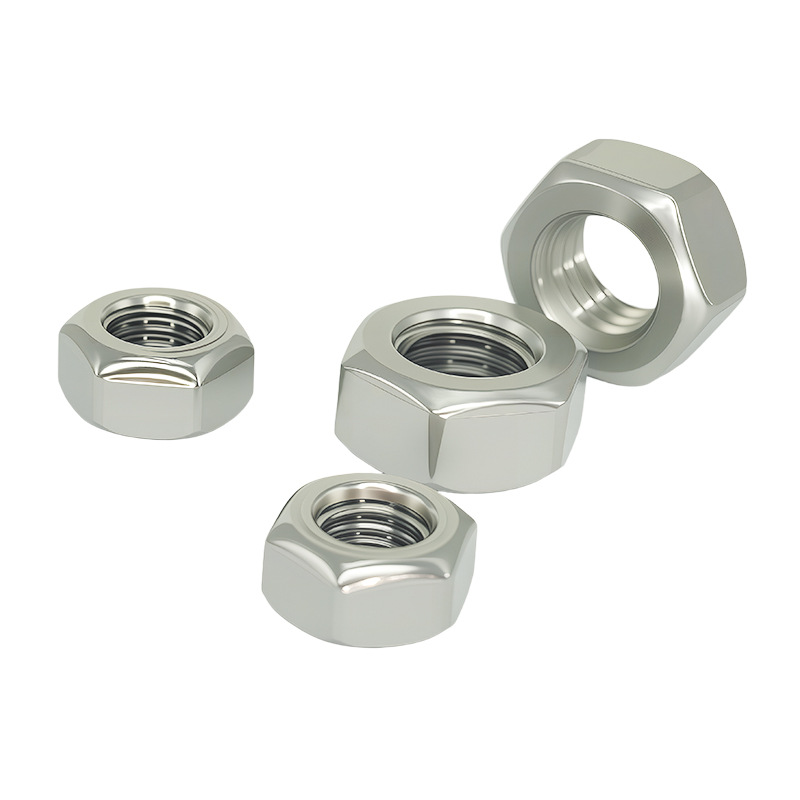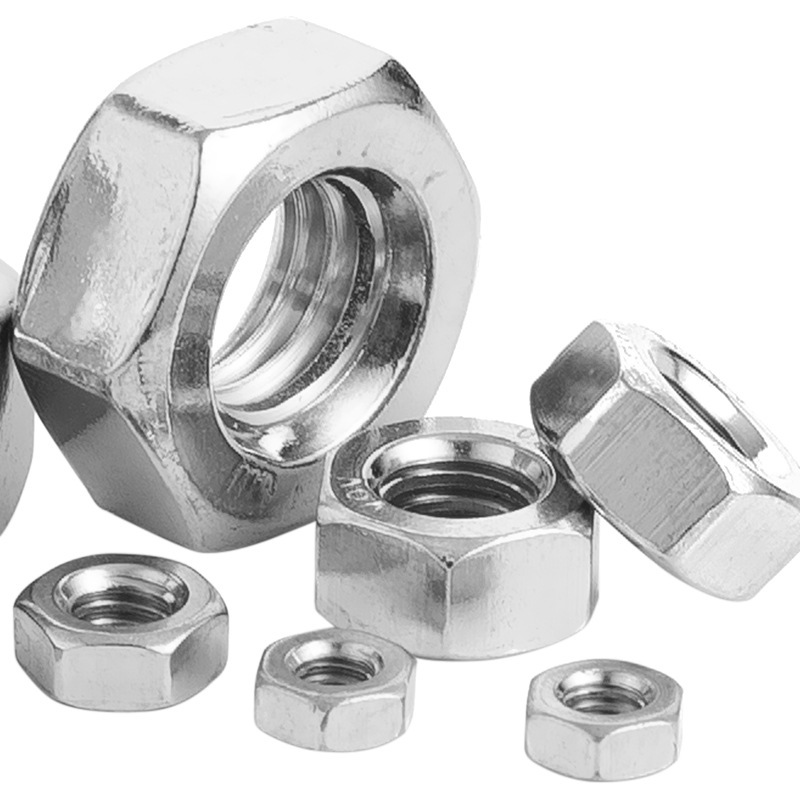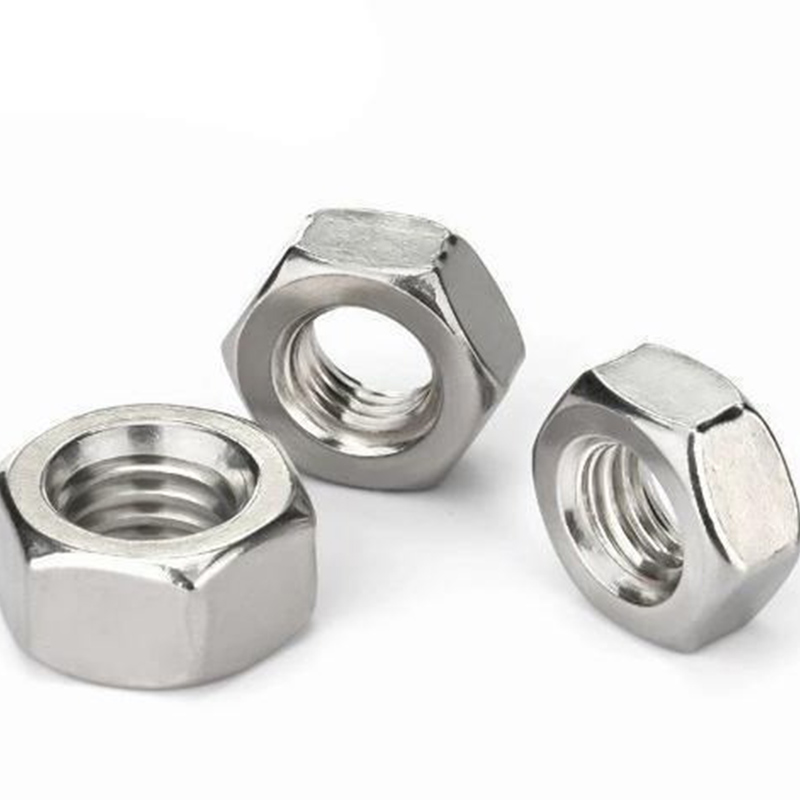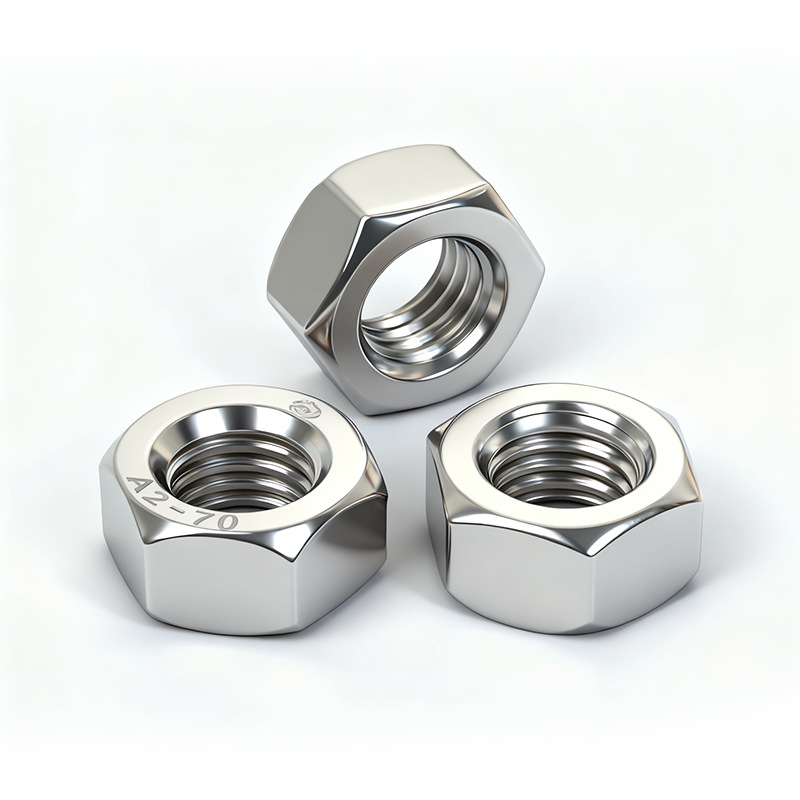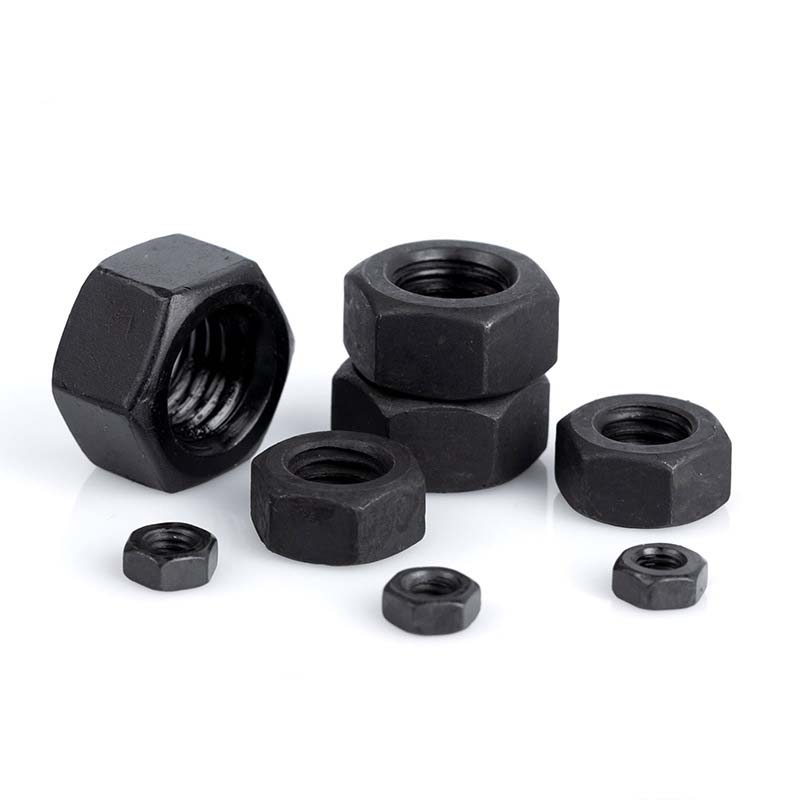Hexagon thin nut
Send Inquiry
The hexagon thin nut is made of steel, stainless steel or brass and has a hexagonal shape, but its thinner thickness makes it ideal for use in slender components or precision devices. It does not affect the strength of the nut, which can be seen in mechanical, electronic products or DIY projects.

Product details and parameters
Hexagon thin nut is very space-saving. It is often mounted on the back of panels, electronic equipment or light machinery. We manufacture the nuts from galvanized steel, which has basic rust-proof properties and is suitable for dry indoor use. Use a fine wrench to install the nut to avoid slipping. Not suitable for heavy loads, but ideal for fixing brackets or small components.
The hexagon thin nut is installed in the joint. Used with flat head bolts, it can smooth the surface of a table or shelf. The nut has no sharp edge and will not snag the fabric when used. Galvanized steel is easy to rust in the outdoors; Nylon is available for wet areas.
Electricians use hexagon thin nut in junction boxes. The thin design keeps the wires clean and reduces the risk of short circuits. The dimensions of the nuts are clearly marked, and mixing M3 and M4 nuts will waste time on the job.

Our market distribution
|
Market |
Total Revenue (%) |
|
North America |
15 |
|
South America |
3 |
|
Eastern Europe |
16 |
|
Southeast Asia |
5 |
|
Mid East |
5 |
|
Eastern Asia |
15 |
|
Western Europe |
14 |
|
Central America |
5 |
|
Northern Europe |
10 |
|
South Asia |
12 |
Maintenance & Installation Tips
Check the threads of the hexagon thin nut for peeling or corrosion. Note that thin nuts may bend under excessive force. Tighten the nut using a fine wrench or socket. Align carefully to avoid misthreaded threads.





